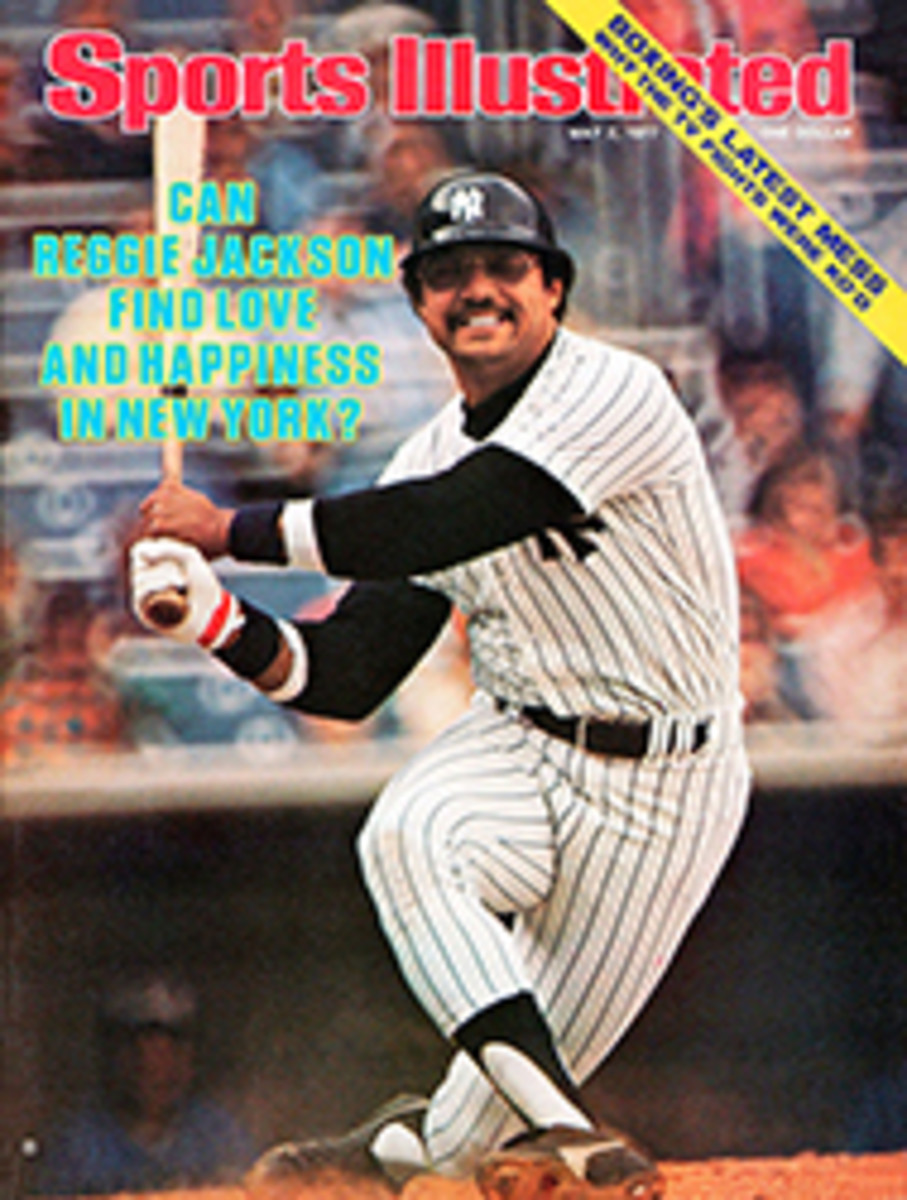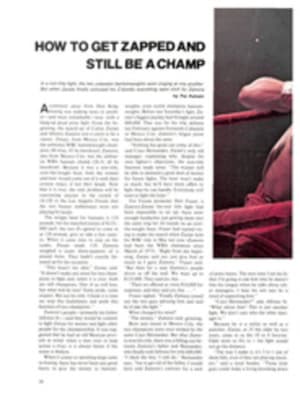
IF YOU WANT TO KNOW HOW TO GET TO LAKE SCROOGIE-WOOGIE, VISIT EXXON
During lunch hour at any time of the year, and for much of the day in spring and summer, the doors of the Exxon Touring Service on Manhattan's West 50th Street seldom stop revolving. Eight men in navy blazers handle the traffic—drivers looking for directions—with practiced efficiency. The lines, seldom shorter than 10 or 12 deep, move with remarkable speed as maps are whisked open, routes sketched with orange Magic Markers and advice dispensed on distances and points of interest. The service is free and, in a summer of uncertain gas prices, surely worthwhile.
"We used to send people by the most scenic routes," says Kenton Engel, assistant coordinator of the New York Touring Service and an Exxon travel counselor for 25 years, "but because of the energy crisis, our thrust now is to get them there on the fewest gallons. Of course, we still tell them about places of special interest, but for the traveler who simply wants to get from city A to city B, we suggest the shortest, most efficient route.
"The key to this business is memory. Looking something up takes time. It has to be in your head." Engel can detail the pros and potholes of all but perhaps half a dozen major highways in the U.S., Canada and Mexico. Each Exxon travel counselor has attended an intensive training course and memorized the road maps of the North American continent inch by inch. He must know about detours, construction, bypasses, surface conditions, tolls and restrictions. The shortest way on the map is not always the fastest. Then, too, there are places that do not appear on conventional maps.
"A magazine may write of the great bass fishing on Lake Scroogie-Woogie, which is identified as being about 70 miles from nowhere." Engel says. "Requests start coming in for routes to Scroogie-Woogie. The place may not be on any map, but if it exists, we will find it. We have just about every reference source that has ever been printed, countless gazetteers and the state-by-state guides that were put out by the WPA during the Depression. These books cover every cranny of the country.
"If someone wants to know where the best salmon fishing in Nova Scotia is, or where he can ski the longest downhill run in British Columbia, or where he can find the birthplace of a William L. Pearce, we'll find it and provide the route. One of the queerest requests we ever had was from a man who wanted to travel from Toronto to Buffalo at night and only on deserted roads. We gave him directions.
"Of course, there are a few things we can't provide. A lady came in one day and said she wanted to go to California, but her car was not running well. She wanted a downhill route all the way. Another woman wanted to know where to get on the bridge between the West Coast and Hawaii. She refused to believe there was no such bridge. One fellow wanted to stop only at kosher restaurants between New York and Florida. Then there are hitchhikers who become indignant when you can't give them the best route for hitchhiking. There is no pattern to the kinds of requests we get, or to the travelers making them. The latter run from 80-year-old retirees with all the time in the world to young people who aren't going anywhere in a car, but ask for information about trail routes. The toughest queries are from booking agents and entertainers who have to cover several dozen cities in as many days."
Engel dispenses advice with theatrical flair, speaking in resonant, measured tones, with diction worthy of Richard Burton. Indeed, before coming to Exxon he had a short-lived career with a Gilbert & Sullivan troupe. From those days of one-night stands and extensive travel since, he has gained his impressive, firsthand knowledge. It is not a requisite, but most Exxon travel counselors have driven a great many of the highways they recommend.
Exxon operates two other touring centers in addition to the one in New York. An office in Florham Park, N.J. handles only phone and written requests and the center at 800 Bell Street in Houston accommodates these as well as in-person queries. All three centers offer travelers a full line of free road maps, items which have become as rare as rumble seats at most local service stations.
Several other oil companies have, or are affiliated with, touring services of their own, but Exxon's is the largest and the oldest. Its founder was Otto G. Lindberg, a Finnish draftsman who came to the U.S. in 1923 on vacation. He bought a car and promptly got lost. What this country needed, he decided, was a good road map. Using his drafting skills, he set about making one for himself. It proved so useful on his own travels that he took it to Boston, where he convinced a bank to underwrite the printing and distribution of 100,000 copies. He sold these to Standard Oil of New Jersey, Exxon's predecessor. The Touring Service, which opened its doors in 1927, was a logical outgrowth. Today, many years after his death, Lindberg's General Drafting Company, Inc. still produces Exxon's maps, considered by many the best in the country.
"The test of a good map," says Engel, "is not what is put in, but what is left out."
If you feel anything is missing, Kenton Engel can fill you in.

